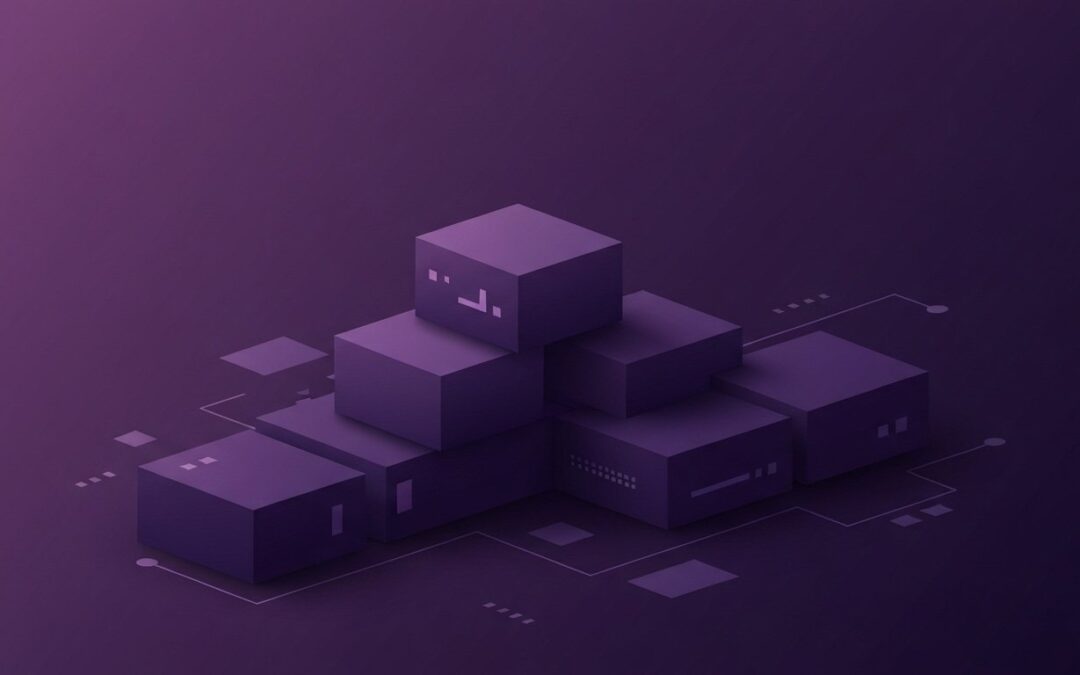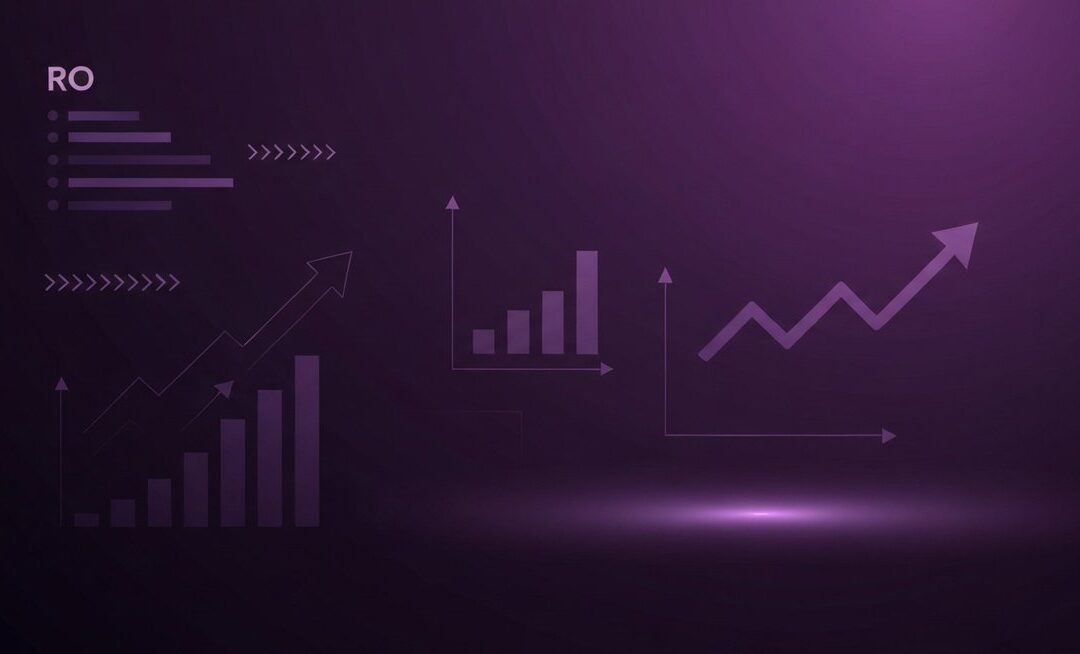Why speed matters when you optimize PPC spend
You can slow-roll PPC optimizations and hope for steady gains, or you can act fast and claw back wasted budget in weeks, not months. Fast wins matter because ad platforms move quickly, competition heats up, and automated bidding can shift your spend into low-value placements overnight. According to recent industry research, manual campaign tasks still eat huge chunks of time: “marketers spend 10 hours and 12 minutes weekly on routine tasks including bid modifications, budget allocations, and viewability threshold adjustments,” reports DoubleVerify via PPC Land. That kind of drain makes fast, surgical cost cuts worth pursuing. In this article you will get five practical strategies you can apply today to reduce waste and lift ROI. Each strategy includes what to change now, the tools that accelerate results, and simple checks to prove impact. Read on for a clear, actionable plan that blends first-party data, automated templates, smart bidding, mobile-first UX, and local keyword clustering. If you need more background, visit our home page at https://blog.promarkia.com/ to see related posts and case studies.
1) Use voice-of-customer signals to sharpen ad relevance
Start by mining real customer language from calls, chats, and form responses. When ad copy mirrors what customers say, relevance climbs, quality scores improve, and cost per click tends to fall. As one industry guide explains, “When you align your ad messaging with what your customers actually say, you boost ad relevance, increase clickthrough rates, and lower your cost per lead” (Search Engine Journal). Do this quickly by exporting call transcripts or chat logs and running a simple term-frequency check to pull out recurring phrases. Next, create responsive search ads or Performance Max asset groups that include those phrases. The net effect is twofold: your ads feel more useful to searchers, and Google rewards relevance with lower CPCs. Practical steps to start now: 1) pull 30 days of VOC data; 2) identify 10 high-intent phrases; 3) update headlines and descriptions; 4) measure CTR and CPC week over week. If you want an automation shortcut, connect your CRM or call-tracking tool to Google Ads so those VOC signals feed campaigns continuously and reduce manual guesswork.
2) Automate campaign builds with CRM-triggered templates
If you are still cloning campaigns by hand, stop. Automation is not a dirty word when it gives you time back to focus on strategy. Search Engine Journal and agency playbooks recommend using CRM-driven templates to spin up campaigns that are already tailored to real customer segments. The upside is immediate: launch faster, reduce setup errors, and keep consistent negative keyword lists across launches. Here is a quick two-step approach you can use today. First, create reusable campaign templates with prefilled campaigns, ad groups, negative keywords, and asset group naming conventions. Second, wire your CRM so segments or lifecycle events trigger template instantiation. This method is a winner for franchises, multi-location retailers, and agency accounts with many SMB clients. Remember the data point about time lost to manual tasks? Automating campaign creation directly attacks that inefficiency. Tools like Google Ads Editor, Metricool, and most modern CRMs can shorten setup time from hours to minutes. If you want to see how campaign automation reduces overhead while maintaining quality, Metricool’s campaign management guide offers practical step-by-step instructions and templates to try.
3) Make budget shifts based on quality signals, not raw volume
Throwing more money at high-click channels is a lazy move. Instead, prioritize spend on actions that actually create value for the business. One powerful lever is feeding offline call quality and CRM outcomes back into your bidding models. Offline conversion imports and enhanced conversions now let platforms optimize for real outcomes, not vanity metrics. When you sync lead quality scores or closed-won data into Google Ads, smart bidding reallocates budget to higher-value impressions. As Microsoft updated its bidding structure in 2025, the platform also nudged advertisers toward consolidated maximize strategies with optional targets, reinforcing the idea that smart bidding and clearer objectives go hand in hand. In the words of Microsoft Ads liaison Navah Hopkins, “Starting on August 4, 2025, the Target CPA and Target ROAS bid strategies won’t be available for any newly created campaigns” unless set as goals within maximize strategies (PPC Land). The tactical checklist: 1) define a lead-quality rubric in your CRM; 2) set up offline conversion imports; 3) apply bid strategies that use that data; 4) monitor CPA and conversion value daily for the first two weeks. Shifting budgets this way often delivers faster ROAS improvements than creative-only tests.
4) Prioritize mobile-first creative and click-to-call experiences
Your next cost-saving bet might live in the ad extension drawer. Mobile users buy fast, and many convert by calling or tapping through quick lead forms. Upgrading ads with visual extensions and call-focused formats improves user experience and compresses the path to conversion, which usually improves conversion rates and lowers cost per acquisition. Calls and mobile-first formats are not fringe tactics either. Search engine ads now support image extensions, call ads, and multimedia assets that make your listings more compelling on small screens. For immediate gains, add call extensions and image extensions to your top-performing ad groups, then analyze peak call windows and ad schedule to bid more during those windows. If you can, wire call tracking into your conversion feed so you can tell Google which calls led to revenue. That way, your automated bidding rewards actual business outcomes. A practical test to run this week: enable image extensions on one campaign, enable call tracking, and compare cost per lead versus a control campaign over 14 days.
5) Lower CPCs with geo-clustered keywords and phone-call clustering
Local relevance wins auctions without a bigger budget. Instead of broad, city-level targeting, break locations into profitable micro-markets. Geo-clustering means grouping ZIP codes or neighborhoods by conversion performance and tailoring keywords and phone numbers by cluster. Combining local keyword insertion with clustered phone numbers helps track which micro-markets deliver true ROI. This tactic reduces wasted traffic from irrelevant regions and often produces lower CPCs because competition varies dramatically by micro-market. To implement: 1) pull geographic performance for the last 60 to 90 days; 2) identify clusters of high-converting postal codes; 3) create separate campaigns or asset groups per cluster; 4) use ad customizers to insert local copy and phone numbers. If you use call-tracking, apply clustering analytics to discover where your highest-value calls come from. Over time you can shift budget to the clusters that return the best unit economics. For a practical primer on local PPC tactics and negative keyword hygiene, Shopify’s PPC guide and Digital Silk’s negative keyword playbook are handy reads (Shopify, Digital Silk).
Quick checklist, measurement plan, and next steps
If you want fast results, start by running three experiments simultaneously: 1) VOC-driven ad copy in one campaign; 2) an automated campaign template triggered from your CRM; 3) a geo-clustered campaign with call-tracking enabled. Run tests for 14 to 30 days depending on traffic volume. Use these metrics to judge success: cost per conversion, conversion rate, conversion value, and post-click engagement. Keep one simple rule: measure outcomes not clicks. As Forbes Agency Council members advise, refine bidding, improve landing page conversion, and test creative continuously. One expert put it plainly: “Once you stop innovating, you end up being comfortable and you just never want to be comfortable,” a reminder to iterate fast and often. Links and tools to help you move faster: Search Engine Journal on VOC and PMax improvements, PPC Land on automation and time costs, Metricool for campaign management, and Shopify for PPC fundamentals.



